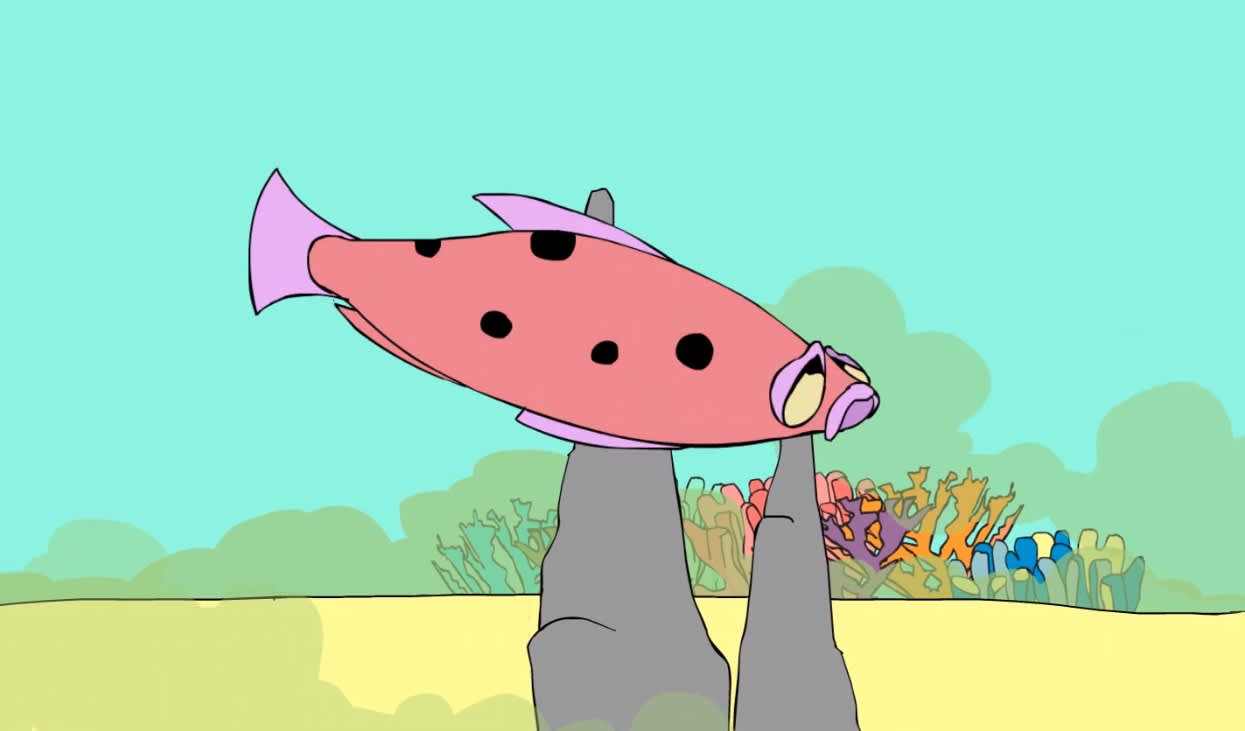Study: Greenhouse Gases Could Make Saltwater Fish “Drunk”
OutdoorHub Reporters 01.22.16

Have you ever noticed an intoxicated fish? A study by researchers at the University of New South Wales (UNSW) concluded that increasing levels of carbon dioxide emissions in the ocean can produce an effect in saltwater fish that is akin to being “drunk,” and that it will happen sooner than previously thought.
The study was recently published in the journal Nature and describes a phenomenon scientists call hypercapnia, whereby fish experience symptoms similar to humans who have had a bit too much to drink. While this may sound pleasant to some humans, researchers say it could actually result in a drastic decline of fish populations.
“Essentially, the fish become lost at sea. The carbon dioxide affects their brains and they lose their sense of direction and ability to find their way home. They don’t even know where their predators are,” said lead author Ben McNeil in a press release from UNSW.
This means that fish would have problems reproducing, finding food, and escaping from predators that are not affected by hypercapnia. The key conclusion made by the study is that due to increasing carbon dioxide emissions, more fish are likely to suffer from hypercapnia earlier than expected.
“We’ve shown that if atmospheric carbon dioxide pollution continues to rise, fish and other marine creatures in CO2 hotpots in the Southern, Pacific and North Atlantic oceans will experience episodes of hypercapnia by the middle of this century – much sooner than had been predicted, and with more damaging effects than thought,” McNeil added. “By 2100, creatures in up to half the world’s surface oceans are expected to be affected by hypercapnia.”
This could mean dire consequences for the commercial fishing industry—and for recreational fishing as well. Carbon dioxide makes up the majority of greenhouse gas emissions from human activities, accounting for 82 percent of all emissions from the United States in 2013. According to the US Environmental Protection Agency, the main sources of carbon dioxide emission are the burning of fossil fuels, land use, and industrial processes. Researchers say fish will begin experiencing hypercapnia once the atmospheric carbon dioxide concentration exceeds 650 parts per million.
You can watch a video explaining this phenomenon below:
Humans can also be affected by hypercapnia due to lung disease or exposure to hazardous environments. Symptoms in people suffering from the condition also include confusion, disorientation, and in severe cases convulsions and death.

